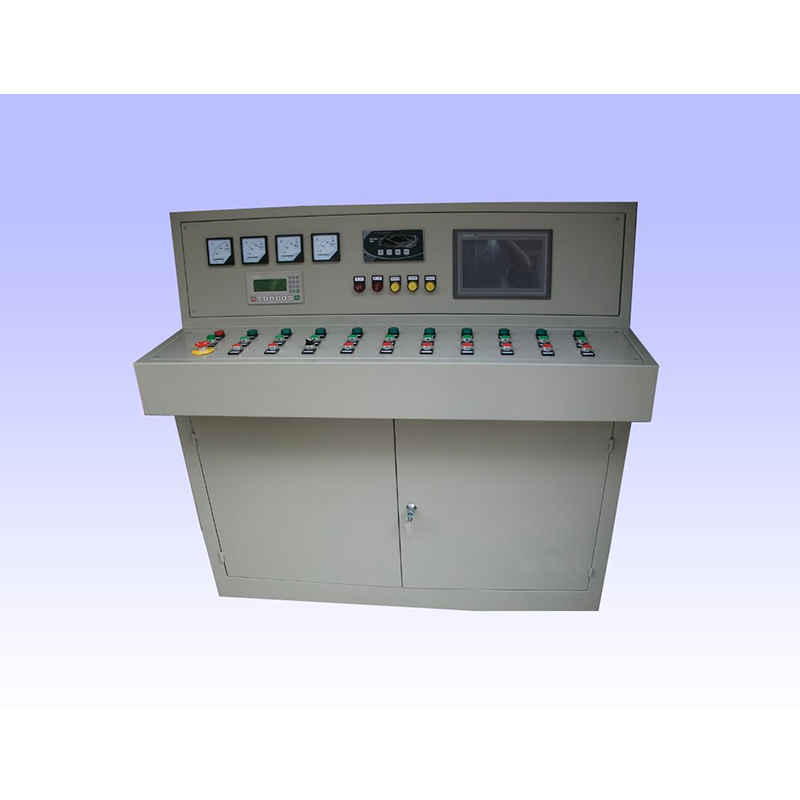
Nov . 19, 2024 08:14
Back to list
المبادل الحراري للغاز الطبيعي
Heat Exchangers for Natural Gas An Overview
Heat exchangers play a crucial role in the processing and handling of natural gas. As a medium that is widely used for heating, cooking, and energy generation, natural gas must be managed efficiently, especially in terms of heat transfer. This article delves into the types, functions, and importance of heat exchangers in the natural gas industry.
What are Heat Exchangers?
A heat exchanger is a device designed to transfer heat between two or more fluids without mixing them. In the context of natural gas, these fluids can be gases, liquids, or a combination thereof. Heat exchangers can be classified into various types, including shell and tube, plate, air-cooled, and double-pipe exchangers. Each type serves specific purposes, and the selection depends on operational requirements, fluid properties, and economic considerations.
Functionality of Heat Exchangers in Natural Gas Processing
1. Cooling and Heating One of the primary functions of heat exchangers in natural gas operations is to either cool or heat the gas. For example, in a gas processing plant, heat exchangers cool the gas before it enters the compression stages or before it is liquefied in gas liquefaction processes. Conversely, they might heat the gas during the re-vaporization stages of LNG (Liquefied Natural Gas) to return it to its gaseous state for distribution.
2. Condensation In the processing of natural gas, it is essential to remove water and other impurities. Heat exchangers facilitate the condensation of water vapor, allowing for effective separation and, consequently, a purer final product.
.
Types of Heat Exchangers Used in Natural Gas Applications
المبادل الحراري للغاز الطبيعي

1. Shell and Tube Heat Exchangers This type consists of a series of tubes, through which one fluid flows while another fluid flows over them within a shell. Shell and tube heat exchangers are robust and widely used in the natural gas industry due to their ability to handle high pressures and temperatures.
2. Plate Heat Exchangers These consist of multiple thin plates stacked together. They are known for their high efficiency due to the large surface area for heat transfer. They are more compact and versatile than shell and tube exchangers, making them suitable for several applications in natural gas processing.
3. Air-Cooled Heat Exchangers These are typically used in situations where water is scarce or not available. They use air as a cooling medium, making them environmentally friendly and cost-efficient.
4. Double-Pipe Heat Exchangers This is a simpler design consisting of one pipe inside another. It is often used for small-scale applications due to its ease of construction and maintenance.
Importance of Heat Exchangers in Natural Gas Industry
Heat exchangers are integral to the efficiency and safety of natural gas processing. Efficient heat exchange reduces energy consumption and minimizes emissions, contributing to a lower environmental impact. They also ensure that equipment operates within safe temperature and pressure limits, preventing possible hazards such as explosions or leaks.
Moreover, as the world shifts towards cleaner energy sources, the role of natural gas in the energy transition becomes increasingly significant. Advanced heat exchanger technology allows for better handling of natural gas, efficient recovery of waste heat, and improved overall process economics. This is crucial not only for maximizing profits but also for meeting the regulatory and sustainability targets set by governments and international organizations.
Conclusion
In summary, heat exchangers are vital components in the processing and handling of natural gas. Their various types and functions enhance efficiency, safety, and environmental performance in the industry. As technology advances, the development of more efficient and environmentally friendly heat exchangers will play a key role in supporting the natural gas sector's evolution towards a more sustainable energy future. Understanding the importance and functionality of these devices is essential for anyone involved in the natural gas industry or energy management.
Next:
Latest news
-
Safety Valve Spring-Loaded Design Overpressure ProtectionNewsJul.25,2025
-
Precision Voltage Regulator AC5 Accuracy Grade PerformanceNewsJul.25,2025
-
Natural Gas Pressure Regulating Skid Industrial Pipeline ApplicationsNewsJul.25,2025
-
Natural Gas Filter Stainless Steel Mesh Element DesignNewsJul.25,2025
-
Gas Pressure Regulator Valve Direct-Acting Spring-Loaded DesignNewsJul.25,2025
-
Decompression Equipment Multi-Stage Heat Exchange System DesignNewsJul.25,2025

